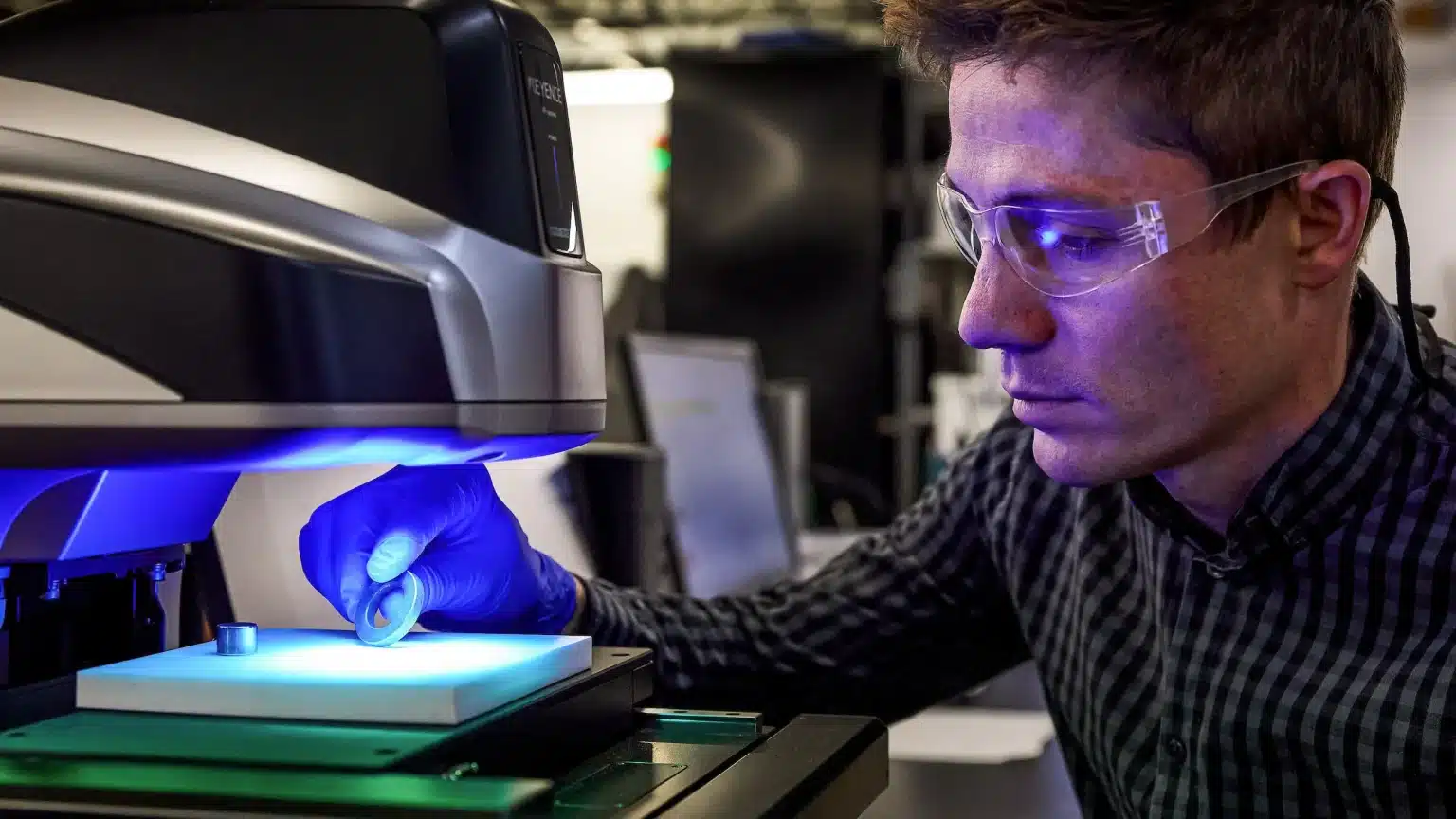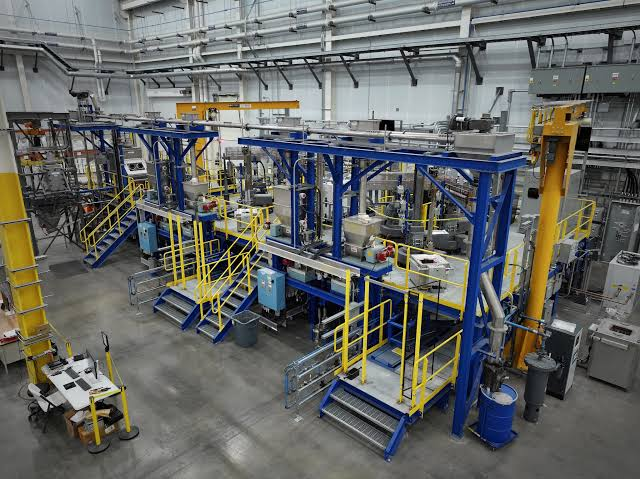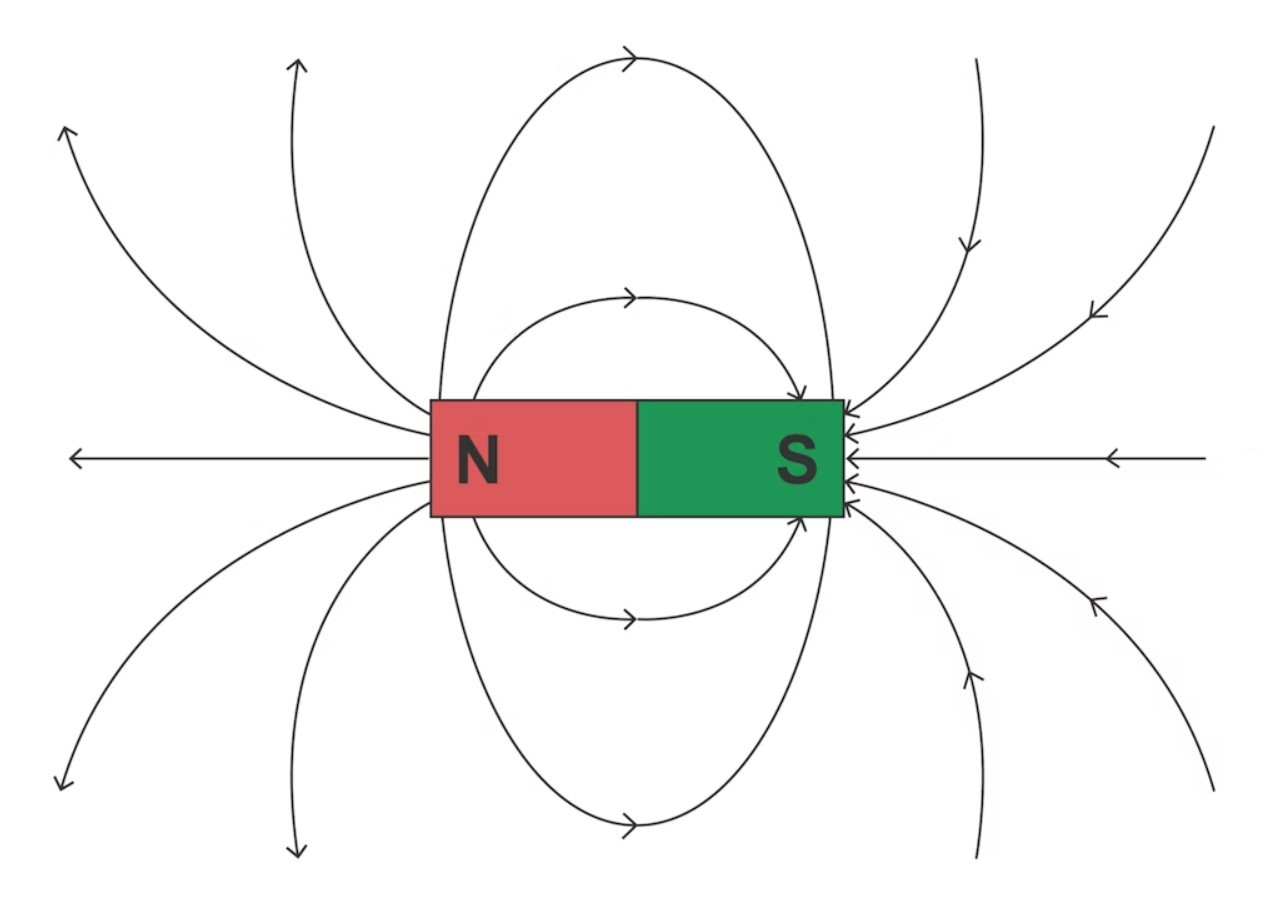The Basics of Magnetism
At its core, a magnet is a material or object that produces a magnetic field. This field is invisible, but it exerts a force that can attract or repel other magnetic materials, such as iron, nickel, and cobalt. Magnets can be natural, like lodestones, or artificially created, such as those used in industrial and technological applications.
The magnetic field generated by a magnet is due to the alignment of atomic particles within the material, primarily electrons. In most materials, the magnetic moments of electrons cancel each other out, resulting in no net magnetic field. However, in ferromagnetic materials, these moments align in a way that produces a strong, unified magnetic field.
What is a Magnet in Technology?
Magnets are fundamental components in the modern technological landscape. From generating electricity to powering various devices, magnets play an essential role that often goes unnoticed. Without them, the electrical systems and gadgets we rely on every day would be non-functional. In this article,
- – we explore the significance of magnets in technology
- – their applications
- – we explore the significance of magnets in technology
MRI Scanners:
Magnetic Resonance Imaging (MRI) scanners are vital tools in medical diagnostics. They use powerful magnets to create a magnetic field that aligns the protons in the human body. When these protons are exposed to a radiofrequency pulse, they produce signals that are detected and used to construct detailed images of the body’s internal structures. The strength of the magnet, typically measured in teslas, determines the clarity and detail of the images produced. MRI technology has revolutionized the field of medical imaging, providing non-invasive and highly accurate insights into the human body.
Generating Electricity with Magnets
One of the most critical applications of magnets in technology is in generating electricity. The basic principle behind this is electromagnetic induction, discovered by Michael Faraday in the early 19th century. When a magnet moves through a coil of wire, it induces an electric current in the wire. This principle is the foundation of how generators and alternators work, converting mechanical energy into electrical energy.
In power plants, whether they are coal, nuclear, hydroelectric, or wind-powered, magnets are used in large generators to produce electricity. The turbine, driven by steam, water, or wind, rotates a large magnet within coils of wire, generating an electrical current that is then distributed through power lines to homes and businesses.
Without magnets, the generation and distribution of electricity would be impossible, highlighting their indispensable role in modern society.
Applications of Magnets in Technology
Beyond generating electricity, magnets are directly utilized in a variety of technological applications:
MRI Scanners:
Magnetic Resonance Imaging (MRI) scanners are vital tools in medical diagnostics. They use powerful magnets to create a magnetic field that aligns the protons in the human body. When these protons are exposed to a radiofrequency pulse, they produce signals that are detected and used to construct detailed images of the body’s internal structures. The strength of the magnet, typically measured in teslas, determines the clarity and detail of the images produced. MRI technology has revolutionized the field of medical imaging, providing non-invasive and highly accurate insights into the human body.
Maglev Trains:
Magnetic levitation, or maglev, trains are an example of how magnets can be used to revolutionize transportation. These trains float above the tracks using powerful electromagnets, eliminating friction and allowing for extremely high speeds. The magnets create a magnetic field that repels the train from the track and propels it forward. Maglev trains can reach speeds of over 300 miles per hour, offering a fast, efficient, and quiet mode of transportation. The use of magnets in this context also reduces wear and tear on the train and tracks, leading to lower maintenance costs and longer service life.
Microphones and Earphones:
Magnets are central to the functioning of microphones and earphones. In a microphone, sound waves cause a diaphragm to vibrate, moving a coil of wire within a magnetic field and generating an electrical signal that corresponds to the sound. Earphones work in the reverse way: an electrical signal passes through a coil of wire, creating a magnetic field that moves a diaphragm to produce sound waves. The quality of magnets used in these devices can significantly impact sound quality, making them a critical component in the audio technology industry.
Alarms and Bells:
Electromagnetic bells and alarms use magnets to create sound. When an electrical current passes through a coil of wire, it creates a magnetic field that attracts a metal striker to hit a bell, producing sound. This principle is used in various alarm systems, including those in schools, fire alarms, and doorbells. The reliability and effectiveness of these systems depend on the consistency of the magnetic field generated by the electromagnets.
Cassettes, VHS Tapes, and Floppy Disks:
Magnets also play a crucial role in data storage technologies like cassettes, VHS tapes, and floppy disks. These storage mediums use magnetic particles to encode data. As the tape or disk passes over a read/write head, the magnetic particles are either aligned or not, representing binary data (0s and 1s). Despite being largely obsolete today, these technologies were foundational in the development of digital media and data storage.
Hard Drives:
Modern hard drives continue to use magnets for data storage. The read/write heads in a hard drive use magnetic fields to alter the alignment of magnetic particles on the disk, storing data as binary code. Advances in magnetic storage technology have enabled the massive increase in data capacity we see in today’s hard drives, solidifying magnets’ importance in the evolution of computing.
Conclusion
Magnets are integral to the technology that powers our world, from the electricity that lights our homes to the devices we use every day. Their ability to generate electricity, store data, and operate mechanical systems makes them a cornerstone of modern engineering and technology. As research continues, new applications and improvements in magnetic technology are likely to emerge, further enhancing the capabilities and efficiency of the devices we rely on. Whether through innovations in transportation, healthcare, or data storage, magnets will undoubtedly remain at the forefront of technological advancement.







